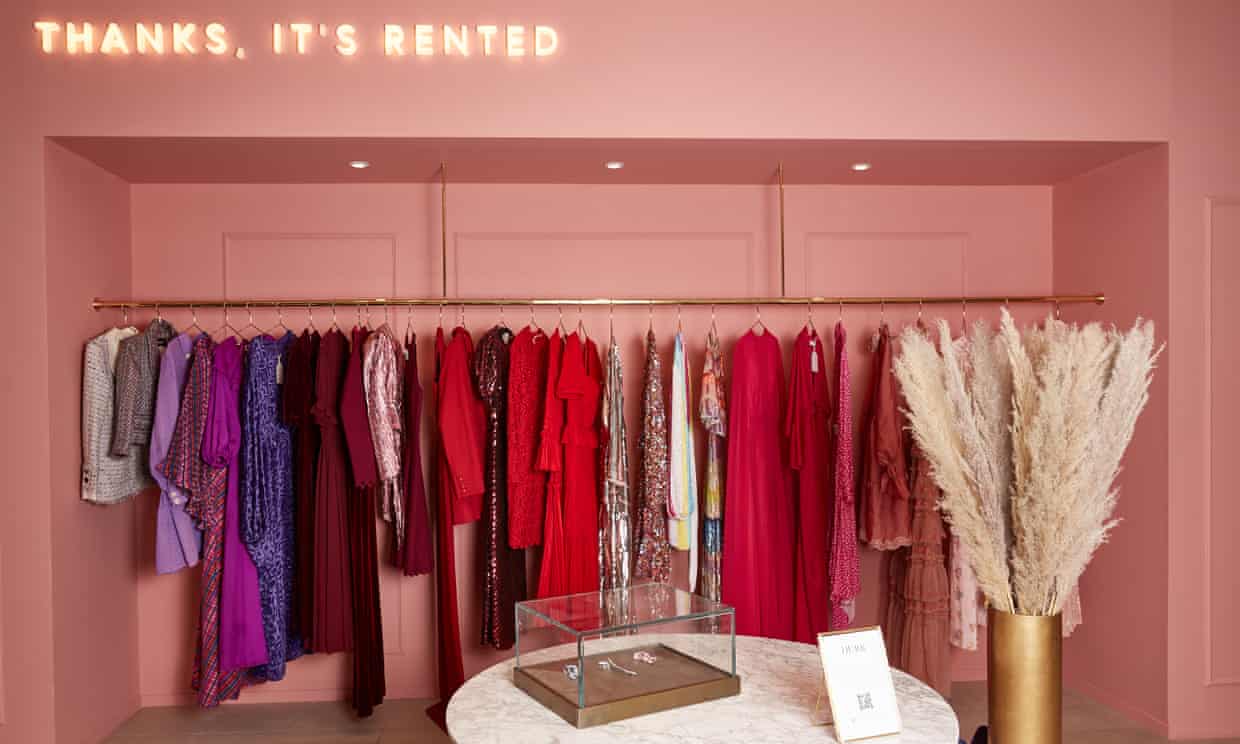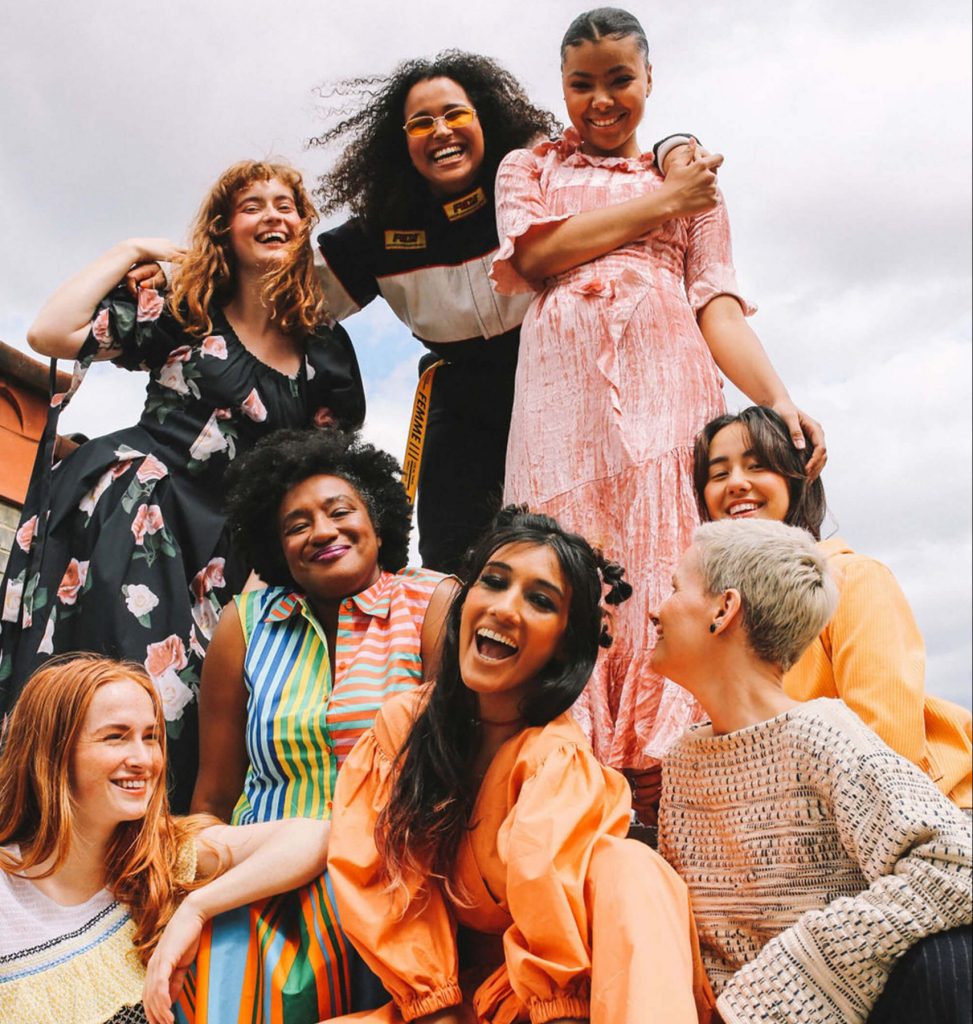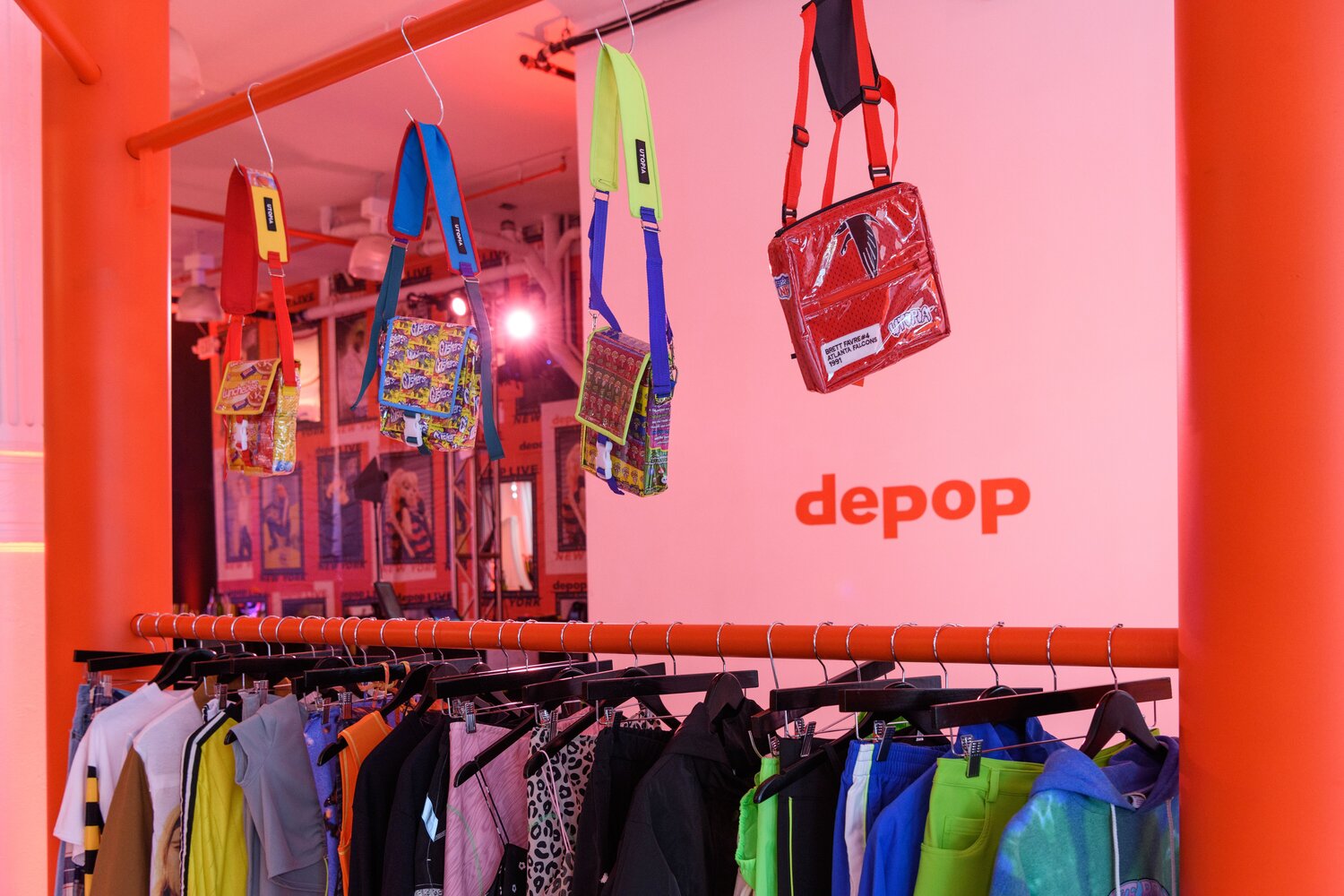I recently attended the Financial Times’ annual Business of Luxury Conference, where the speakers included Victoria Beckham, Diego Della Valle, Roland Mouret, and Gabriela Hearst among many other impressive attendees and speakers. One of the main takeaways is that the luxury and fashion industry has obviously taken a major hit during the pandemic, but it is now on its way to a full recovery and that by 2022, we will see a return to pre-pandemic sales, according to Sarah Willesdorf, global head of luxury at Boston Consulting Group.
However, while the industry will recover, the process won’t be without its challenges; the road may be somewhat bumpy and the recovery will be somewhat unequal.
Beyond this key takeaway, several main messages emerged from the conference: Digitalization and virtualization are on the rise and brands need to embrace this direction. Sustainability is key. New business models of resale, secondhand and rental are gaining traction.
 Photo credit: The Guardian
Photo credit: The Guardian
Certainly there is a connecting thread interwoven through these three main messages, and that thread happens to be a particular consumer segment: Gen-Z. This cohort prioritizes sustainability—they have a voice, they hold brands accountable, and they demand authenticity; their lives often revolve around digitalization; and they are interested in following and purchasing luxury brands and labels.
Let’s take a closer look at these conference insights.
Inequality in recovery:
The recovery will not be equal in each luxury sector, nor in each country. In fact, we are going to see differences, and this is what recovery post-covid will look like. China’s economy is forecast to grow nearly 9 percent this year — more than double that of the eurozone. The repatriation of consumer spending on the mainland is transforming brands’ relationships to the world’s fastest-growing luxury market. The question now is how much spending will stay in the country as international travel resumes, says BCG’s Willersdorf.
This is not just about individual countries. For example, China is expected to see a much better recovery trend, as will the USA, but Europe’s recovery as a whole will be much slower. We also saw that during the pandemic, major players and brands in the industry, particularly conglomerates such as Kering Group, LVMH, and bigger players such as Chanel have been able to snatch market share from small and medium-sized luxury brands. During the conference, British-based designer Roland Mouret admitted to his company losing 80 percent of its business due to the pandemic. It’s also worth mentioning that the pandemic coincided with Brexit for the British fashion and luxury sector, which placed an additional burden on British designers, requiring them to complete extra paperwork, pay custom fees, and pay shipping costs. It has indeed been an even more challenging period for British-based designers and luxury brands, who had to deal with unexpected challenges and changes that arose in the external and political environment.
 Designer Roland Mouret. Photo credit: Norman Parkinson Ltd.
Designer Roland Mouret. Photo credit: Norman Parkinson Ltd.
Digitalization and Virtualization: The consumer segments that will drive sales growth post-pandemic are the millennials and Gen-Z, which also explains why not only digitalization but also the virtualization of fashion and luxury will be on the rise as well. We are going to see a boost to social and live commerce. However, this particular point is an interesting one, because social media and digitalization are growing at such a rapid rate that it’s no longer solely about creating engaging Instagram posts and reels and growing followers. I believe luxury brands need to take it a step further and be aware of the rapid changes that are needed. Millennials and Gen-Z are actually quite insightful, and they respond to authenticity, experience, and story-telling. That’s why in my previous articles I’ve talked about NFTs and the need for luxury brands to take NFTs seriously, and while the NFT concept may be confusing, the generation that will drive the sales is also likely to respond to its newness, transformation, and coolness factor that luxury brands will need to follow.
Sustainability and Accountability: Sustainability is here to stay, and it’s not even an option anymore for luxury brands to decide whether or not to include it in their strategy. I specifically say strategy, and not marketing, because as I have mentioned in my previous articles, sustainability has to be authentic and at the core of the business, and not used merely for marketing and PR purposes. And as Gabriela Hearst, the creative director of Chloé as well as her own eponymous brand, pointed out at the conference, “Being sustainable is not even an option anymore.”
Once again, Gen-Z in particular is quite smart and can’t be fooled by the type of sustainability that is merely window dressing, and the luxury brands will need to embrace this fact.
Younger consumers will notice if you don’t. “Millennials care about the quality of product, but Gen Z cares about cultural credibility, so what is the brand’s perceived value, the emotional connection to a brand? They need to feel [the brand’s] story is authentic,” said Felix Krueger, partner, and associate director, fashion and luxury, at BCG.
 The Gen-Z. Photo credit: Vogue Business
The Gen-Z. Photo credit: Vogue Business
New Business Models:
What we have seen during the pandemic is the rise of secondhand and resale, and rental channels, and we saw how Kering group invested in Vestiare Collective, and most recently Etsy purchased Depop for $1.6 billion. This is in line with the rising demographic of luxury consumers – Gen-Z. More than 90 percent of Depop’s millions of active users are under 26 (Gen-Z), which gives Etsy access to a younger demographic than its main consumer base.
 Photo credit: Daniel Salemi
Photo credit: Daniel Salemi
What we are seeing in the luxury and fashion sector is this rapid interest in resale and secondhand. Luxury online retailer Farfetch launched a resale within its own platform too. The luxury brands and conglomerates are aware of (a) the rise of the younger generation of consumers, who could very well be buying their first Chanel jacket on Vestiare Collective, let’s say, because they can’t yet afford to buy one at full price, and (b) the fact that in the future, as their incomes grow, these consumers are likely to become customers of the brand itself.
I believe resale and rental business models are two areas where luxury brands can’t afford to be complacent. They can control their message, and even ensure the authenticity of their products, but more importantly, follow their potential customers in their entire journey. “The luxury industry is quite complacent” in this respect, notes Erwan Rambourg, global head of consumer and retail research at HSBC. Labels could be building loyalty among younger consumers who might make their first luxury purchase second-hand, then trade up. “As a brand you’re leaving a lot of the data and relationship to other people”.





